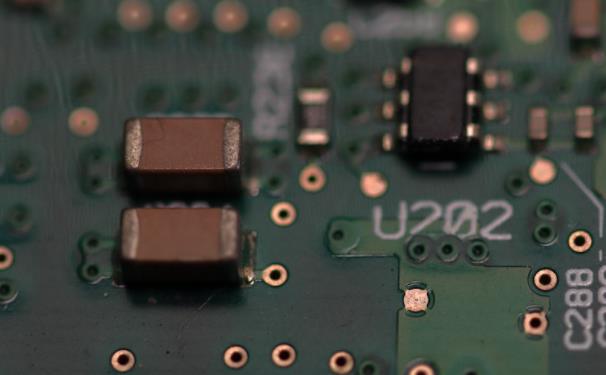Chip sampling resistor is a common electronic component used for measuring resistance values in circuits. In industrial production, the specification requirements and methods for chip sampling resistors are very important. If you want to gain a deeper understanding of chip resistors, this article will summarize relevant knowledge and provide you with a comprehensive understanding and understanding.
1、 Standard specification requirements for chip sampling resistors
Deviation of resistance value: The deviation of the resistance value of the chip sampling resistor. In general, the deviation of the resistance value should be controlled within the range of+-10% to ensure the accuracy of the measurement results.
Appearance quality: The appearance quality of chip sampling resistors requires that the surface of the resistor body be smooth and free from defects such as bubbles and impurities.
Welding quality: The welding quality of the chip sampling resistor requires firm welding, without any false soldering or detachment.
Conductivity: The conductivity of the chip sampling resistor also requires good conductivity of the resistor body and no drift of resistance values.

2、 Measurement method for chip sampling resistance
Measurement environment: When measuring the chip sampling resistance, it is necessary to ensure that the temperature, humidity, and other factors of the measurement environment meet the requirements. It is generally recommended to measure at room temperature.
Measurement tools: Professional measurement tools such as a multimeter, oscilloscope, etc. are required to measure the chip sampling resistance.
Measurement steps: The steps for measuring the sampling resistance of the patch are as follows:
(1) Turn off power: Firstly, it is necessary to turn off the power supply of the circuit to avoid errors during the measurement process.
(2) Inserting and unplugging resistors: Inserting and unplugging chip sampling resistors from a circuit requires certain skills and experience to avoid damaging the resistor body.
(3) Measure resistance: Connect a multimeter or oscilloscope to the resistance and read the resistance value.
(4) Check value: Check the measurement results to ensure that they meet the standard requirements.
The standard specifications for chip sampling resistors include deviations in resistance values, appearance quality, welding quality, conductivity, and other aspects. Measuring patch sampling resistance requires the use of professional measurement tools and procedures to ensure the accuracy and reliability of measurement results. During the measurement process, it is necessary to ensure that the temperature, humidity and other factors of the measurement environment meet the requirements, and to turn off the power supply of the circuit to avoid errors during the measurement process.

